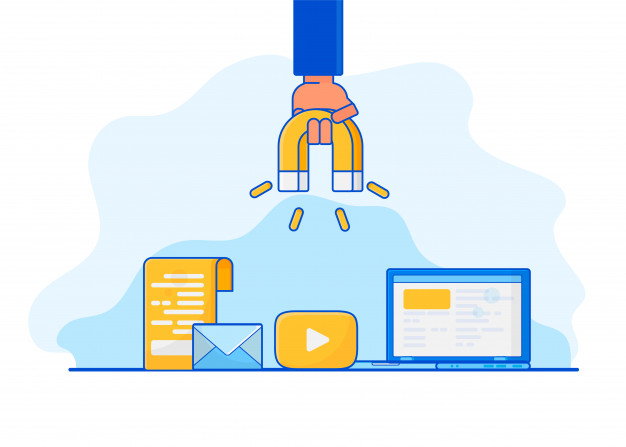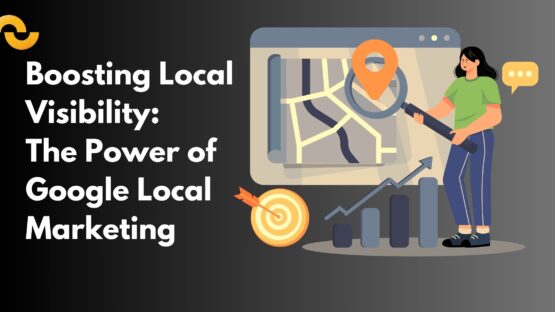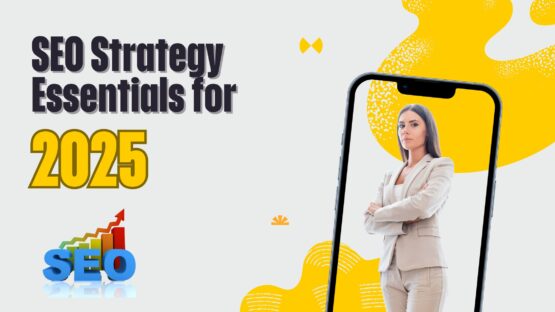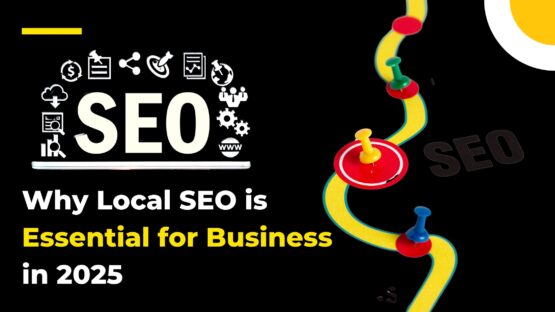Lead generation is a part and parcel of digital marketing. The more genuine they are, the more effective it’s going to be.
In this article we are going to discuss this integral part of digital marketing in greater detail. A digital marketing beginner who has no prior idea of this subject may benefit tremendously from it. So let’s start without further ado.
So what exactly is a lead?
We’ll start with very basics first.
A lead is an individual who has expressed some interest in your company’s services or products in some way, shape or form.
A lead is specifically very important to a business because it gives the business an opportunity to convert a stranger into an actual customer. Hence, the importance of leads can never be ignored.

Define lead generation
So we know what a lead is. And now we come to “lead generation.”
Lead generation is the process through which companies attracts relevant unknown traffic from the internet and try to convert the same into prospective leads that we were talking about (in our previous paragraph).
A lead generation is a preferred mode of customer conversion in comparison to cold calling and has a higher success rate because in this process, the customer actually comes to you on his/her own and not the other way round (the one that happens in cold calling).
How do you qualify a lead?
A lead is usually generated through collection of information that the person provides on his/her own. The information can be collected via processes like a job applicant filling up a job application form or a shopper filling up a personal information form in exchange for a coupon and so on.
You, as a digital marketer, can implement several ethical tactics to collect such information from people and qualify them as leads. Some of these tactics are:
- A job application form
Like I said before, a job applicant who comes to you for a specific job of his/her choice has to fill up a certain form before entry. That information qualifies as a lead because s/he has more or less taken an interest in your company wares.
So that’s a genuine lead generated for your company’s recruiting team which is something that can benefit you in the long run for sure.
- Filling up forms in exchange of coupons
Online coupons are attractive enough and they CAN get you results if you can use them the right way.
Most customers find tons of coupons on the internet and sign up for the ones that suits them the best. So you might definitely get lucky you know. Information generated via this process does qualify as a lead because the person has definitely expressed some interest in your company services/products.
Genuine lead you wanted, genuine lead you’ll get. You can’t ask for more; can you?
- Lead generation via content
Your content is your power. It can drive in huge traffic to your website and can also help in effective lead generation.
A customer who expresses specific interest in your content might subscribe to your blog or your very own YouTube channel and so on. That easily qualifies as a lead. You will also be able to send him/her quality newsletters, infographics etc. to his/her subscribed email ID. Priceless; isn’t it?
The different components of a lead generation process
- The visitor
A random person on the internet has discovered your business via one of your marketing channels such as social media, Google ads and so on. Eventually, s/He comes to your website as a result. That qualifies him/her as a visitor.
- A landing page
A landing page is built to capture leads. It usually comes up with something like a form that needs to be filled up by the visitor to register himself/herself on the website. Here’s an example:
- Call to action
It’s some sort of a button or a message that encourages the visitor to take immediate action without further ado.
- Forms
You can usually find a form hosted on the landing page. But it’s definitely not mandatory. It can also be hosted somewhere else on your website. A typical form is depicted in the image below (marked with a red box):

Our tried and tested landing page design tips
- Clean and organized design
The look and feel of your landing page will have a massive impact on the efficiency of your lead generation campaign.
- The primary goal should be to make it as easy as possible for your visitors to convert. So, it’s important that all the elements of your page work towards the conversion objective which can be anything starting from signing up for a newsletter, making a purchase, or downloading an e-book.
Follow the minimalistic approach
Ensure that you are maintaining a clean page with easy navigation and most importantly, no distractions (such as pop-ups).
The best landing pages should give all the information required for a visitor to convert, and nothing more. Too much information can overwhelm the user. Keep it simple and provide only the essential information required.
Broadcast your offer value through a bold header
A good landing page must have a strong offer and should be able to explain why the offer is valuable to the user in simple terms. Use the heading to display your header. Here’s an example:
Heading: Free influencer marketing ebook
Subheading: Know how you can increase sales – FAST!
- Make your landing page mobile-friendly
More than 30% of all web activities today come from mobile devices. So, it almost goes without saying that your landing page must be mobile-friendly.
It has been already shown that having a mobile-friendly landing page can play a key role in doubling your conversions. If you are looking for how to create a mobile-friendly landing page, get in touch with our professional designers.
So that takes care of this article for now. With that, we’ll sign off finally for the day. Hope you had a good read.




